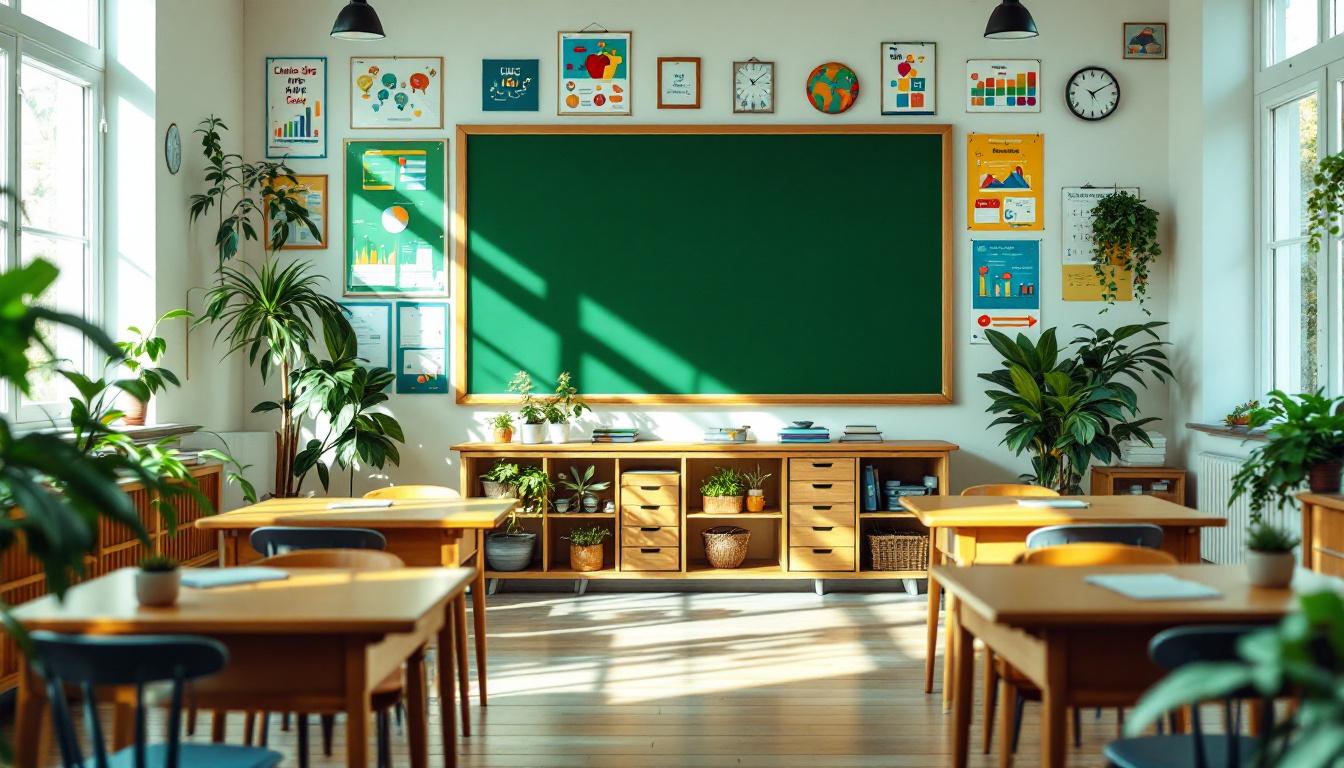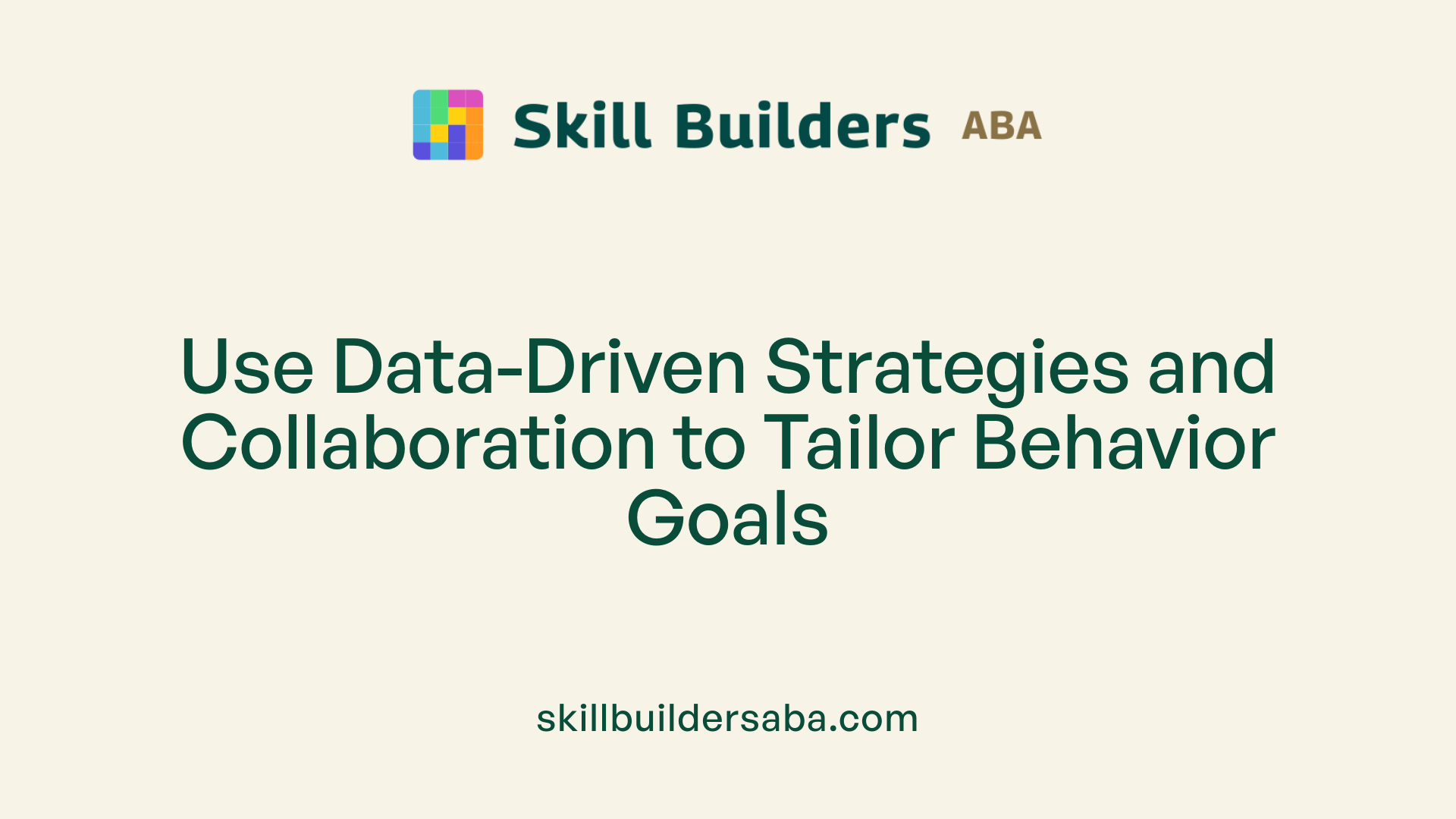
How to write effective behavior goals
Crafting Clear and Impactful Behavior Goals for Success
Understanding the Foundations of Effective Behavior Goals
Writing effective behavior goals is crucial for guiding interventions, tracking progress, and promoting meaningful change in students' social, behavioral, and functional skills. These goals must be carefully constructed to ensure they are specific, measurable, and achievable while aligning with legal requirements and the student's individual needs. This article explores best practices, essential components, and strategic frameworks to help educators, therapists, and caregivers craft behavior goals that lead to successful outcomes.
Principles of Effective Behavior Goals
 Writing effective behavior goals is crucial for supporting students' social, emotional, and academic development. These goals should be articulated in positive terms, emphasizing the promotion of prosocial and adaptive behaviors rather than solely focusing on reducing negative actions. For example, instead of saying "reduce disruptive behavior," a more constructive goal would be "student will participate appropriately during group activities."
Writing effective behavior goals is crucial for supporting students' social, emotional, and academic development. These goals should be articulated in positive terms, emphasizing the promotion of prosocial and adaptive behaviors rather than solely focusing on reducing negative actions. For example, instead of saying "reduce disruptive behavior," a more constructive goal would be "student will participate appropriately during group activities."
Goals need to be centered on skill or outcome development, targeting specific, teachable behaviors. This could include actions like asking for help, following routines, or engaging in respectful interactions. By focusing on what the student will do, educators can create clear pathways for instruction and assessment.
Moreover, goals should be specific, observable, and measurable. Using precise language ensures that everyone understands exactly what behavior is targeted and how progress will be tracked. Incorporating operational definitions, such as "student will raise hand to ask questions during class at least three times per session," makes the expectations clear.
Effective goals are based on data collected through assessments like the Functional Behavioral Assessment (FBA). These data help identify behavior triggers, skill deficits, and student strengths, ensuring goals are tailored to individual needs. Goals should also be realistic and attainable, acknowledging that each student learns at a different pace.
To facilitate ongoing progress monitoring, goals should include clear criteria for mastery. For instance, a goal might specify that the student will request a break appropriately during 4 out of 5 opportunities across a week. This allows for objective evaluation and ensures accountability.
In addition, behavioral goals should promote generalization — the ability to apply learned skills across different settings and situations. This portability enhances the likelihood that skills will be maintained over time.
When designing goals, collaboration among teachers, therapists, families, and the student is vital. Using a structured approach involving multiple data points and setting incremental objectives helps in shaping behavior gradually. Effective goals are also relevant and meaningful, aligning with broader educational and life skills expectations.
Sample goals include teaching students relaxation techniques to manage frustration, following classroom rules, engaging in positive social interactions, or transitioning independently between activities. All these goals should incorporate antecedent supports or context modifications, and be accompanied by supports like visual cues, social stories, or reinforcement strategies.
To sum up, writing strong behavior goals involves clarity, focus on skill acquisition, data-driven decision-making, and ensuring goals are achievable within the student's unique context. When well-crafted, these goals serve as a roadmap for instructional teams and support sustained behavioral progress.
Final Tips for Developing Effective Behavior Goals
Creating behavior goals that are clear, measurable, and tailored to the individual student’s needs stands at the core of successful intervention and educational planning. By employing structured frameworks such as SMART, focusing on positive, functional skills, and ensuring alignment with assessment data, educators and therapists can develop goals that foster growth and promote lasting behavioral change. Regular monitoring, collaboration, and adjustments are key to maintaining relevance and effectiveness. Ultimately, well-crafted behavior goals serve as powerful tools to guide instruction, support social-emotional development, and help students achieve their full potential.
References
- [PDF] Process and Standards for Writing Behavioral IEP Goals
- [PDF] Writing Meaningful and Measurable Social/Behavior Goals
- Building Successful Behavior IEP Goals: Essential Tips & Examples
- IEP Goal Bank: 10+ Measurable Goals You Can Start Using Right ...
- Examples of behavioral goals: 7 career objectives - BetterUp
- Behavioral Objectives and How to Write Them | College of Medicine
- Crafting Effective IEP Goals for Encouraging Appropriate Hands-to ...
Find the Clarity You Need to Begin
If you're still gathering information, feel free to explore our general overview on our website. When you're ready to take the next step or want tailored guidance, our team is available—just reach out.
Reach Out Today
Learn more about how we can support your child’s growth and development. Contact us to discuss our services and availability in your area.
.svg)